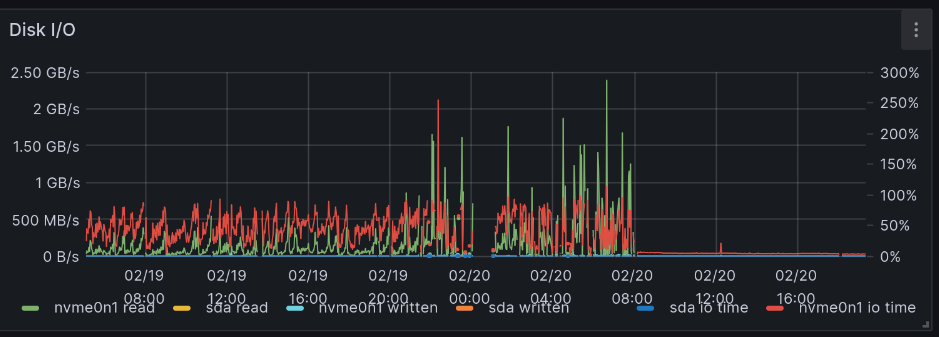I’ve been playing with Nix and NixOS a lot more lately. I installed NixOS on one of my servers, I installed the Nix CLI on my laptop, I tried to use Nix to [build a Docker (BROKEN) image], I use Nix flakes.
This post was written from the perspective of a person new to Nix, but experienced with other computer languages. Thus, it’s probable that I might be doing something wrong or maybe complaining about something that’s obvious to you. However, these are issues that others may face.
It was also written over several months as I gathered issues, so even looking back, I see mistakes.
